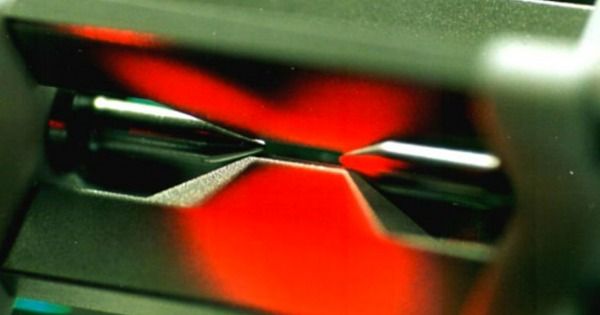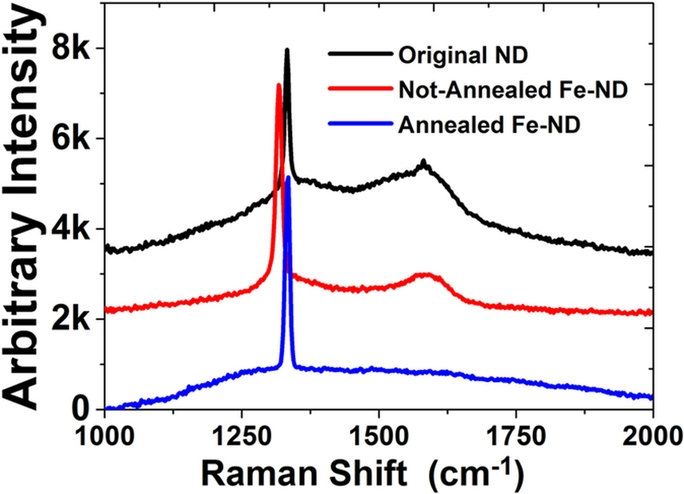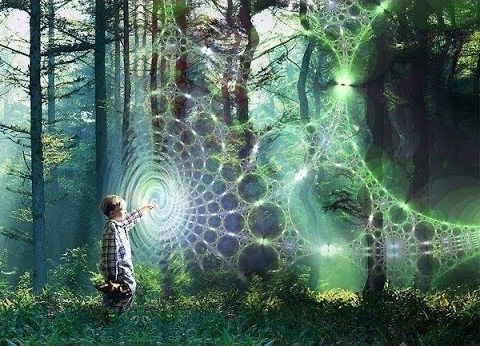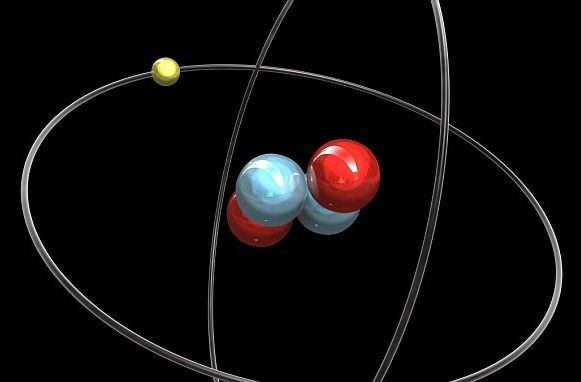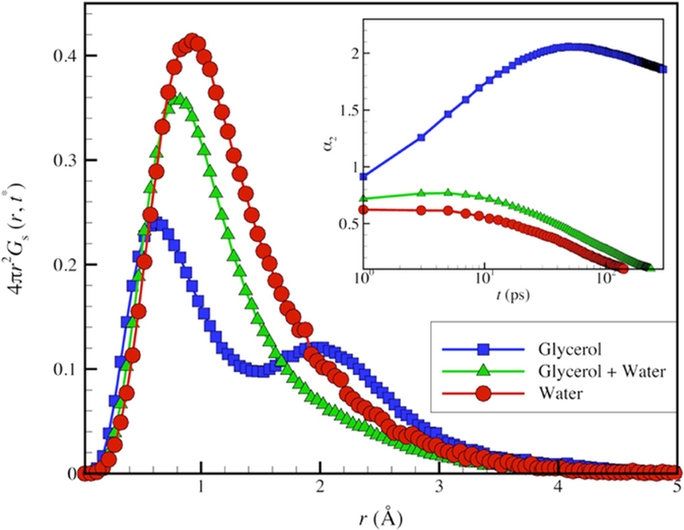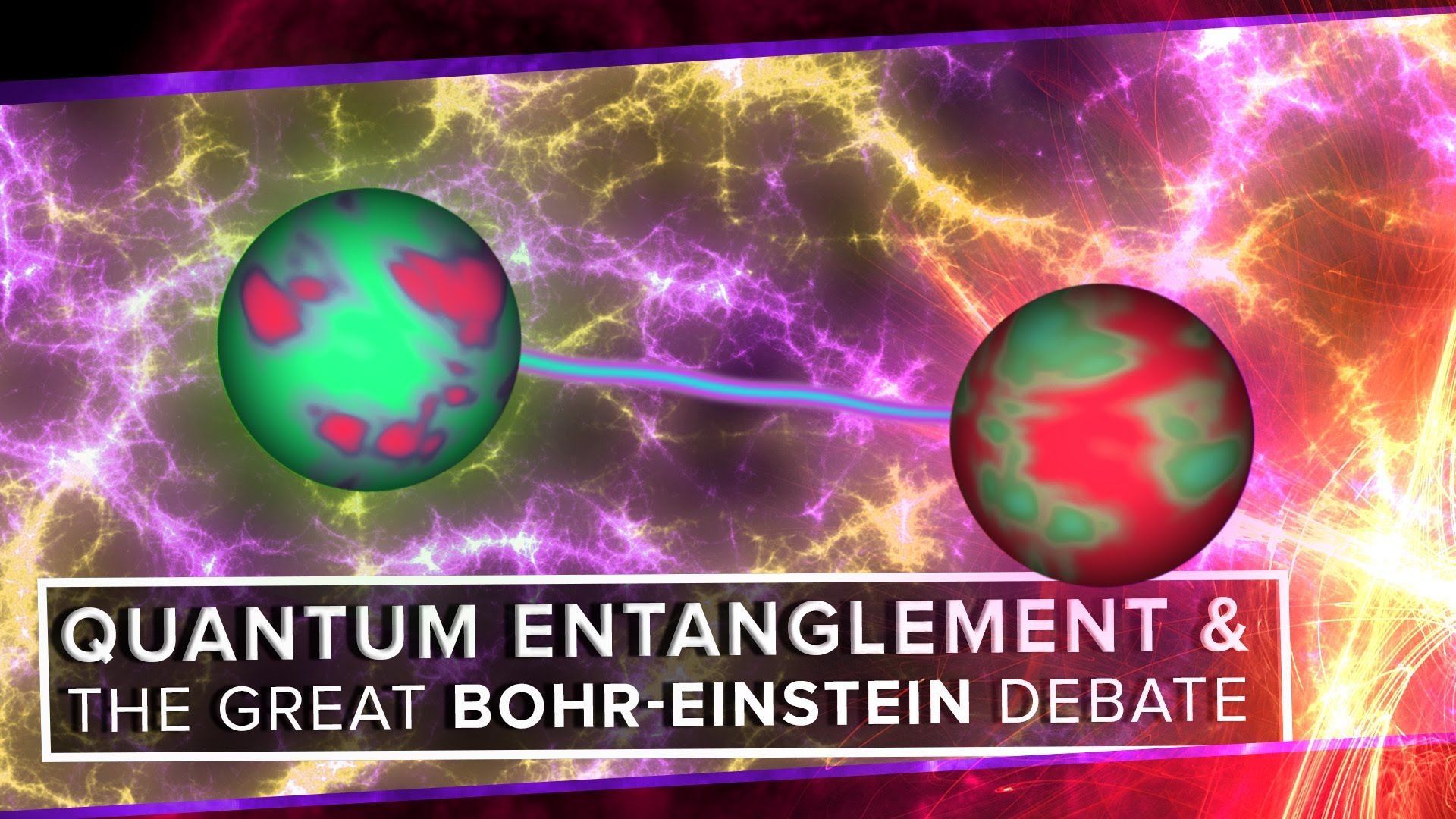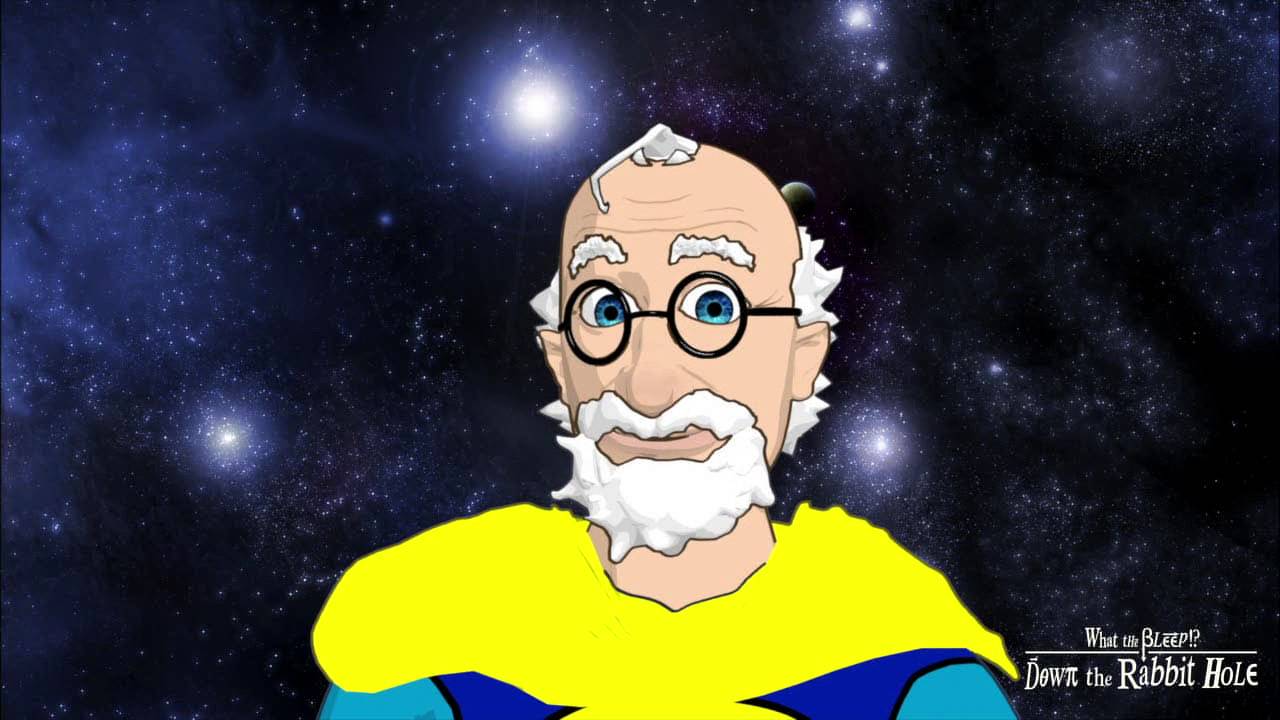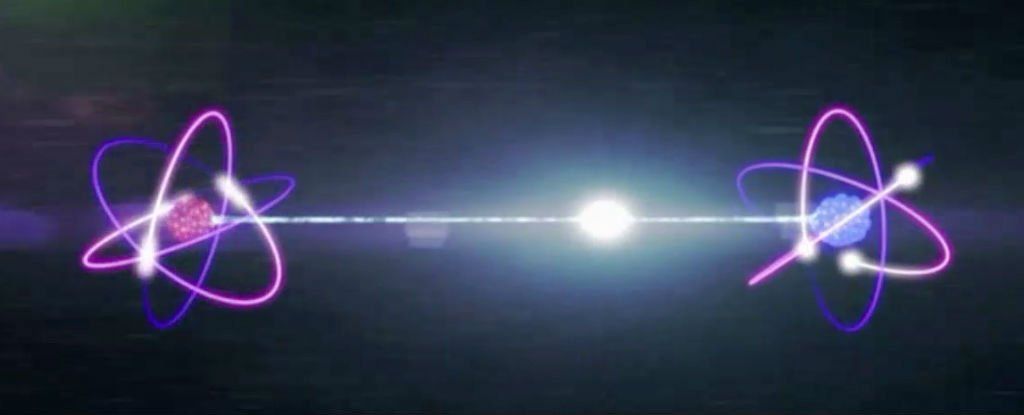Feb 9, 2017
Primitive Quantum Computing Helps Test Theoretical Physics
Posted by Shane Hinshaw in categories: computing, particle physics, quantum physics
In Brief:
Physicists were able to simulate high-energy experimens thanks to this primitive quantum computer. Prediction of theoretical physics may soon be tested.
Our current computers are not capable of running simulations of high-energy physics experiments. However, quite recently, scientists were able to use a primitive quantum computer in the simulation of the spontaneous creation of particle-antiparticle pairs. This makes it easier for physicists to further investigate the fundamental particles. A research team published their findings in the journal, Nature.
Continue reading “Primitive Quantum Computing Helps Test Theoretical Physics” »
